We started a new section in our monthly newsletter: a Deep Dive on general knife nerdery, behind the scenes fun, and a look at why we do things the way we do. I (Katy) am going to start posting these deep dives to the blog as well so they have a permanent home on the website.
This first Deep Dive is from David. Enjoy!
David: This month's Deep Dive is going to begin with a brief discussion of the French Chef and the Gyuto, and then move into an examination of one of the iconic knives of Western cuisine: the Sabatier. In the next Deep Dive, we are going to have a look at Shigafusa's Gyuto, so stay tuned.
As an extension of our conversation in today's dive, we have added a French Chef gallery to our June 2023 lottery sale in which we will explore some of our interpretations of the traditional French Chef knives and offer them as a part of the lottery. So here we go:
The French Chef and the Gyuto are both widely useful - in fact, they are basically interchangeable. While there are many nuances internally and externally, the main difference from the standpoint of use is that the traditional balance point for a French chef is immediately after the handle and the Gyuto moves that fulcrum towards the tip.
To put this difference into practical terms, the heel of a Chef wants to be on the cutting board, which lends itself to rock chopping; opposingly, the tip of the gyuto wants to be on the board, which makes pull cutting a bit easier. We will explore a French Chef today and then move on to a Gyuto in next month's letter.
This Sabatier (a branding which is used by a large number of manufacturers in France) has full-tang construction with an integrated bolster that runs from the handle all the way to the heel. In addition, the knife has a significant (and impressive) double distal taper, meaning that the thickest part of the spine is right at the bolster and thins out towards the tip of the blade and the end of the handle. The handle scales are wood and are held in place by rivets.
Also, pictured below: the edge is very thick as it goes into the bolster - a feature which lends itself to using the heel as a bludgeon: smashing garlic, jointing meat, etc.
The tip, on the other hand, is very fine and somewhat flexible. Think here about how this tip would be ideal for Frenching an onion.
Sabatiers are generally made from simple carbon steels which are tempered back into the low to mid-50s on the HRC scale. This emphasis on toughness over edgeholding, added to the geometry at the heel, make the knife virtually indestructible.
I will discuss our interpretation of the French chef in the Study of the French Chef section of the June 2023 lottery.
We will look into the Shigafusa Gyuto in the next Deep Dive. I hope that y'all enjoyed the fun. Please reach out if you have any questions or feedback on this educational nerd fest.
Until next time,
David




